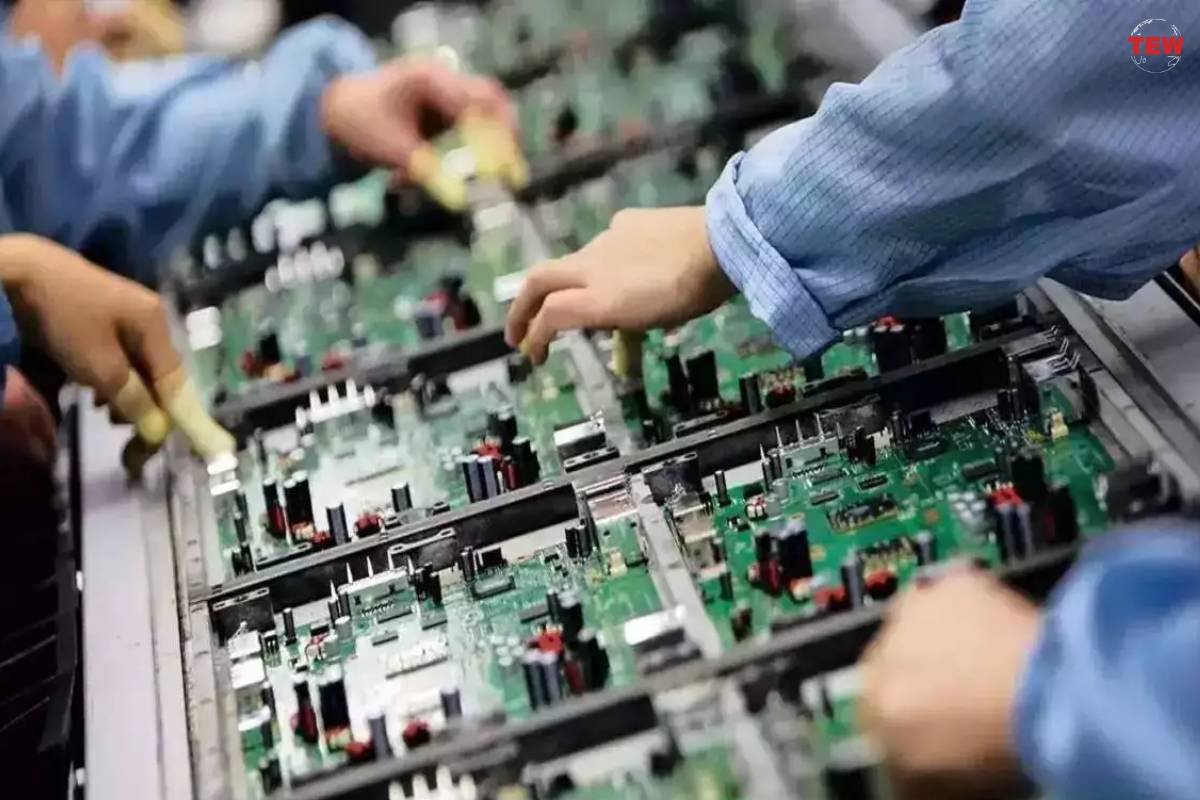For decades, Japan and its space agency, JAXA, have worked to make it possible to beam solar power from space. When JAXA scientists successfully transmitted 1.8 kilowatts of power—enough to run an electric kettle—more than 50 meters to a wireless receiver in 2015, the country experienced a major breakthrough. At this time, Japan is prepared to advance the technology.
Public-Private Collaboration
A Japanese public-private collaboration will reportedly try to beam solar power from space as early as 2025, according to Nikkei. The initiative will seek to launch a number of tiny satellites into orbit. It is being led by Kyoto University professor Naoki Shinohara, who has been researching space-based solar energy since 2009. Then they’ll try to direct solar energy toward the arrays.
Use Orbiting Solar Cells
It was first proposed in 1968 to use orbiting solar cells and microwaves to transmit energy to Earth. Since then, a few nations have invested time and resources in pursuing the notion, including China and the US. Because orbital solar arrays provide a potentially limitless renewable energy source, the technology is enticing. Solar panels can gather energy in space at any time of day, and since the power they generate is transmitted via microwaves, clouds are also not an issue.
Even if Japan is successful in deploying a set of orbital solar arrays, the technology would still be more futuristic than practical. This is due to the fact that it would cost roughly $7 billion to produce an array that can produce 1 gigawatt of power, which is equivalent to the output of one nuclear reactor.





